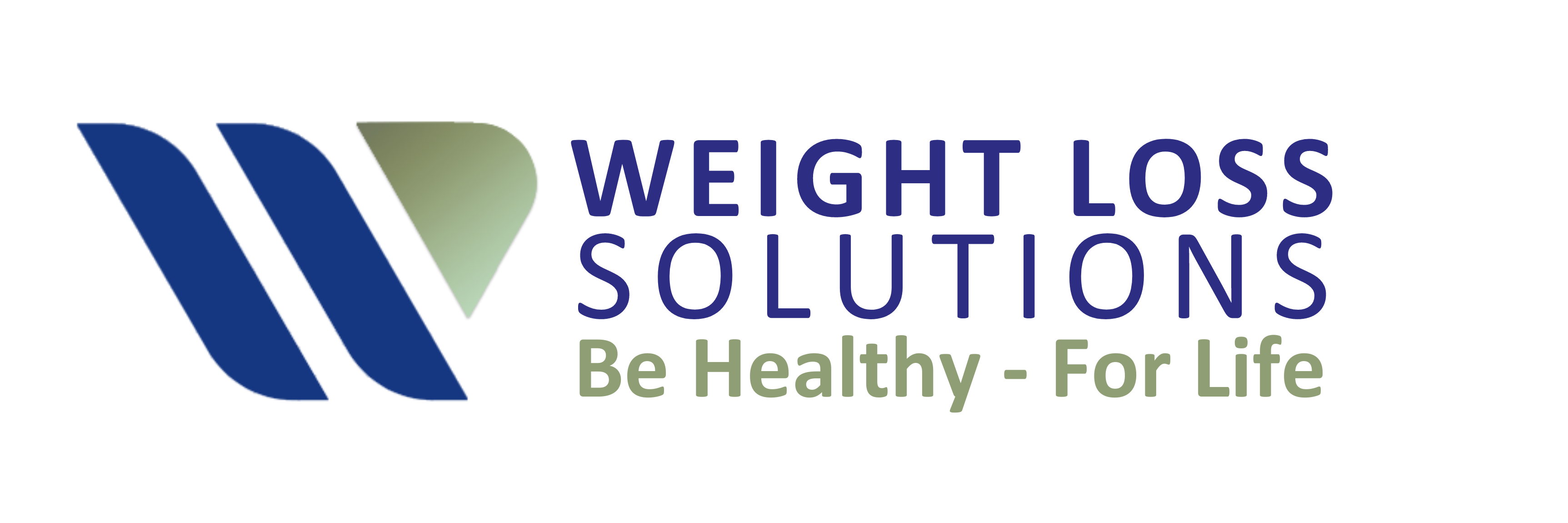
A mammogram is a diagnostic test that helps in detecting breast cancer in its early stages, when it is still treatable. It involves taking an X-ray of the breast tissue, which helps in identifying any lumps or abnormalities. Women over the age of 40 are recommended to undergo regular mammograms, and the frequency of these tests may vary based on personal health and family history. In this article, we will discuss the importance and process of a mammogram.
The importance of mammograms
Breast cancer is one of the most common cancers among women, and early detection is crucial in increasing the chances of successful treatment. Mammograms are considered to be the best screening test for breast cancer and have been shown to reduce the number of deaths from the disease by early detection. It is also the most effective way of detecting breast cancer in its early stages, before it can be felt as a lump.

The process of a mammogram
The mammogram process usually takes around 20 to 30 minutes. The procedure involves placing the breast on a flat plate, and another plate is placed on top to compress the tissue. This compression helps in spreading out the tissue, which allows the X-ray to detect any abnormalities. The compression may be uncomfortable, but it is important for a clear and accurate image.
It is recommended to schedule a mammogram appointment a week after your menstrual cycle to avoid discomfort as the breast tissue is less tender during this time. You should also inform your doctor if you have any breast implants or if you are pregnant, as these conditions may affect the accuracy of the test.
Before the test, you will be asked to remove all clothing from the waist up, including any jewelry or other metal objects. You will then be given a gown to wear and asked to stand in front of the X-ray machine. The technologist will then position your breast on the flat plate and compress it with the other plate. The X-ray will then be taken, and the process will be repeated on the other breast.
Interpretation of the results
The X-ray images are then sent to a radiologist, who will examine the images for any abnormalities or signs of breast cancer. If the radiologist sees any suspicious areas, they may recommend further testing, such as a biopsy or ultrasound. In most cases, mammogram results are reported as normal, and no further action is required.
Conclusion
In conclusion, a mammogram is an important screening test for breast cancer and helps in detecting the disease in its early stages. The process is quick and relatively painless, and the results can provide peace of mind for women over the age of 40. If you have any concerns about the test, it is always recommended to speak to your doctor, who can provide you with the necessary information and support. Regular mammograms are crucial in detecting breast cancer early, increasing the chances of successful treatment and improving overall health outcomes.
WeightLoss-Solutions knows that total health starts with the right diet and exercise. We are here to help you change your life today by making better lifestyle choices. Right now we are giving away The Ultimate Guide to Food and Nutrition for free so you can start today with learning how to balance the right combinations of food to provide your body optimum nutrition.

WeightLoss-Solutions
Healthy Weight Loss Solutions to help you lose weight, feel great, and improve your health. It is our mission to show you the Importance of a Healthy Lifestyle and help you get real weight loss results and become the best version of you, with Healthy Lifestyle Tips on: Balanced Diet and Nutrition, Exercise and Fitness, and Healthy Lifestyle Habits.
WeightLoss-Solutions 784 S Clearwater Loop #4049 – Post Falls Id 83854